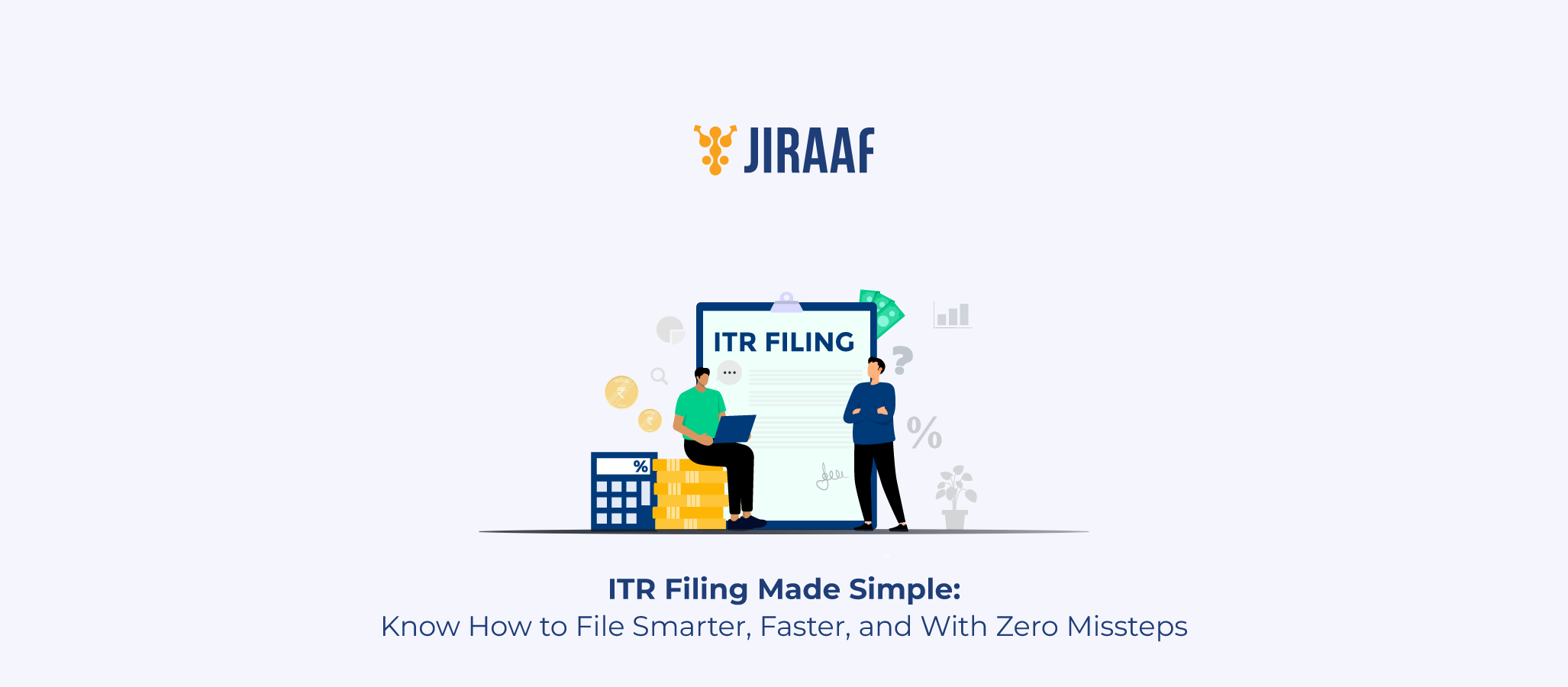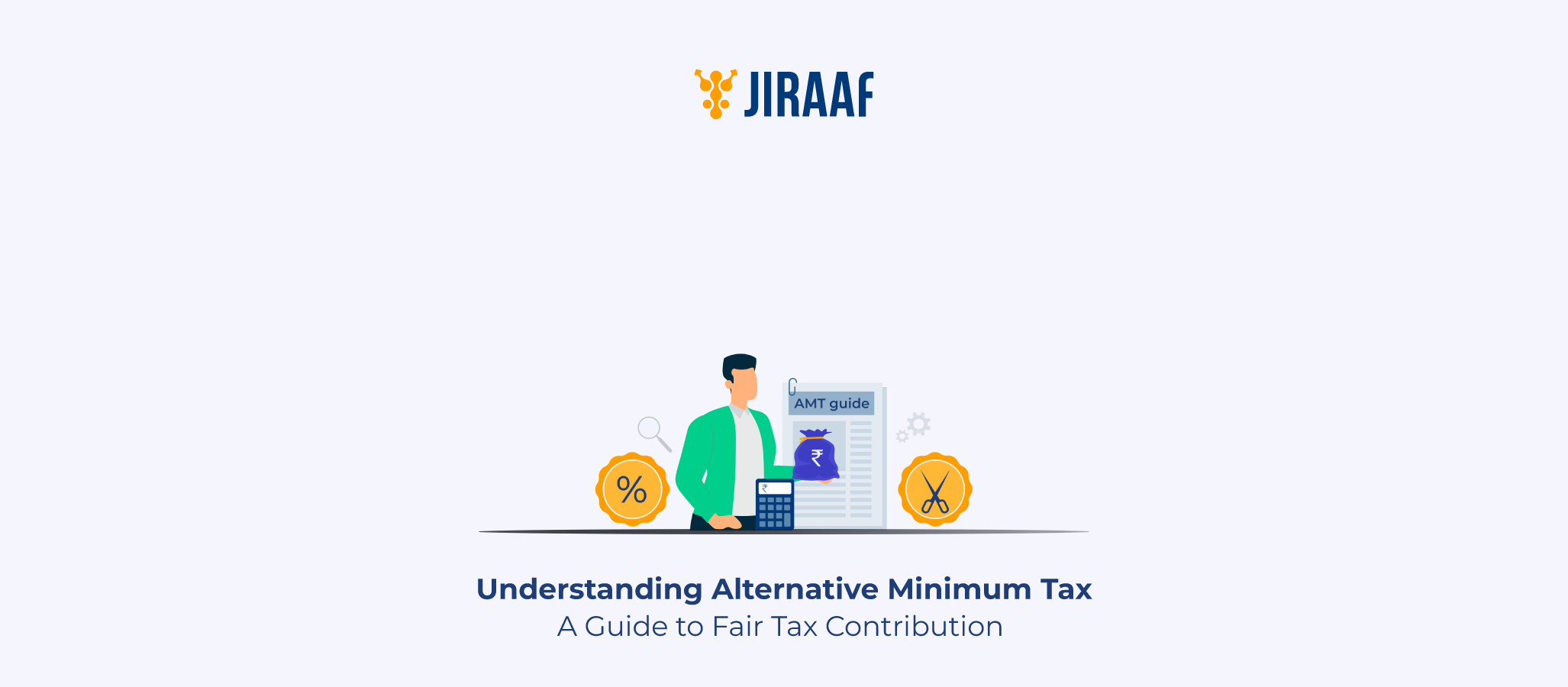India’s tax base is growing every day. In FY 2023–24, over eight crore individuals filed their income tax returns, with a noticeable increase in filings from high-net-worth individuals and professionals.
ITR filing is a critical annual exercise that reflects your financial credibility and income discipline. And yet, for many taxpayers, it remains an ad hoc process at the last moment, often resulting in errors, delays, and even refunds being lost in the system.
If you’re someone who manages a growing investment portfolio, navigates multiple income streams, or simply wants to optimize your tax filing experience, this guide will walk you through how to file ITR online efficiently for AY 2025–26 (FY 2024–25) without missing key details or falling into common traps.
What is ITR Filing?
In simple words, filing your ITR is a process through which you claim back the tax you overpaid to the government.
It allows the Income Tax department to assess your income, tax liability, and any refunds due.
Despite the evolution of digital platforms, many individuals still grapple with the nuances of how to file ITR online, especially when choosing the correct form or navigating post-filing processes.
Whether your income comes from salary, capital gains, business, or a combination of multiple sources, filing your ITR online ensures that you stay more transparent with the tax authorities while retaining access to deductions, credits, and refunds that may otherwise go unclaimed.
Why is it Important to File Your ITR?
Filing your ITR isn’t just about avoiding penalties. It enhances your financial credibility. For investors like you, an accurate ITR can unlock smoother access to credit, improve loan eligibility, and help streamline your documentation when you apply for visas or regulatory approvals.
Additionally, how to file an ITR return isn’t merely a technical concern. If you miss the due date, it may lead to interest, late filing fees, or a complete disqualification from claiming certain deductions.
If you’ve experienced capital losses in a given year, reporting them through your return allows you to carry forward those losses and offset them against future gains—a strategic move any portfolio-conscious investor is advised make.
Key Dates for ITR Filing FY 2024–25
Let’s look at the important dates to file your ITR for FY 2024-25.
ITR Filing Start and Last Date for 2025
For Assessment Year 2025–26 (Financial Year 2024–25), the ITR filing start date was April 1, 2025.
The last date to file your income tax return for individuals and non-audit taxpayers has been extended from July 31, 2025, to September 15, 2025, by the CBDT to accommodate system readiness and ease compliance.
| Taxpayer Category | ITR Filing Last Date | Due Date to File Audit Report for FY 2024-25 |
| Individuals, HUF, AOP, BOI (Non-Audit Cases) | 15th September 2025 | Not applicable |
| Businesses (Audit cases including Pvt Ltd, OPC, LLPs, and firms) | 31st October 2025 | 30th September 2025 |
| Businesses requiring transfer pricing reports | 30th November 2025 | Not announced / As per transfer pricing rules |
| Revised Return | 31st December 2025 | Not applicable |
| Belated/Late Return | 31st December 2025 | Not applicable |
Documents Required to File ITR
Before you begin the ITR filing online process, gathering relevant documents is crucial. The specifics of these documents will vary based on your income profile, but here’s a consolidated list:
- Form 16 from your employer
- Form 26AS and Annual Information Statement (AIS) to cross-check TDS and income details
- Interest certificates from banks and NBFCs
- Capital gains statements from mutual funds, brokers, or PMS providers
- Proof of tax-saving investments under Section 80C, 80D, and others
- Rental income documents and home loan interest certificates
- Foreign income/disclosure details (if applicable)
- Aadhaar and PAN for identity verification
Having these documents ready significantly reduces the time you spend on filing and helps avoid errors.
Which ITR Form Should You Use?
Choosing the correct ITR form depends on your income sources, residential status, and nature of investments. If you choose wrong, it could lead to defective returns or rejection.
Here are the forms available for various taxpayers.
- ITR-1 (Sahaj): For individuals with salary income, one house property, and total income up to ₹50 lakh (excluding capital gains and business income)
- ITR-2: For individuals and HUFs with capital gains or income from more than one house property; often used by investors with significant equity or mutual fund transactions
- ITR-3: For individuals having business or professional income, including futures and options trading
- ITR-4 (Sugam): For presumptive income under Section 44AD/ADA
If you’re unsure which ITR form to file, always refer to the official income tax portal or consult a professional. Mistakes here can derail your return, especially when capital gains or foreign assets are involved.
Step-by-Step Guide to File ITR Online
Here’s how to e-file ITR using the official income tax e-filing portal:
- Log in or register at https://www.incometax.gov.in using your PAN (which doubles as your user ID)
- Go to ‘e-File’ > Income Tax Return > File Income Tax Return
- Select the relevant assessment year (2024–25), filing type (original/revised), and mode (online)
- Choose the correct ITR form based on your income sources
- The portal auto-fetches TDS, salary, and interest income based on AIS or Form 26AS. Verify all fields and update as needed
- Enter deductions under 80C, 80D, and other relevant sections if you’re opting for the old regime
- Validate the summary, confirm the tax payable/refundable, and click on ‘Submit’
- Complete the process with e-verification via Aadhaar OTP, net banking, or other approved methods.
Knowing how to file ITR online has become more streamlined in recent years, but attention to detail remains key, especially for high-value taxpayers.
Mistakes to Avoid While Filing ITR
Even financially astute taxpayers aren’t immune to errors. These are common pitfalls you might want to sidestep:
- Incorrect ITR form: Selecting ITR-1 when you have capital gains or ESOPs can invalidate your return.
- TDS mismatch: Not reconciling with Form 26AS or AIS can lead to demand notices.
- Forgetting to disclose foreign income or assets: This has regulatory implications, especially under the Black Money Act.
- Skipping exempt income disclosures: Even if tax-free (e.g., PPF interest, dividends), they must be reported.
- Claiming deductions in the wrong regime: If you’re under the new regime, deductions like 80C are not applicable.
- Late filing: Missing the last date to file ITR can attract penalties and forfeit your right to carry forward losses.
Understanding these errors is crucial to accurately filing your ITR without triggering scrutiny or correction notices.
What Happens After You File Your ITR?
Once submitted and verified, your return undergoes preliminary processing. If no mismatch is found, it is marked as ‘processed.’ If there’s a discrepancy, you may receive a notice under Section 143(1).
You don’t need to worry if your return is accurate. However, if you receive an intimation, you can revise your return accordingly.
How to check ITR status
To check your ITR status:
- Visit the income tax portal and log in
- Navigate to ‘e-File’ > Income Tax Returns > View Filed Returns
- You’ll see the status (e.g., ‘Submitted’, ‘Processed’, or ‘Defective’)
Tracking this post-filing is a smart way to stay updated. It ensures your income tax ITR filing is complete and avoids missed refund credits or unresolved notices.
Conclusion
Given the increasing sophistication of the tax department’s data collection (via AIS and real-time TDS tracking), understanding how to file ITR online correctly is no longer optional; it’s a necessity for all taxpayers.
So, don’t wait for the income tax ITR filing last date to approach. The CBDT has extended the due date for filing ITRs for AY 2025–26 (FY 2024–25) from July 31, 2025, to September 15, 2025, providing you ample time for accurate filing.
Start early, use the right tools, and make informed decisions around which ITR form to file. Whether you self-file your taxes or consult a tax advisor, the goal is the same: transparency, precision, and strategic alignment with your financial goals.
Discover fixed income investments with Jiraaf, a SEBI registered online bonds platform that educates and brings access to a wide array of bonds. Sign up today to explore diversified fixed income investment opportunities to support your goal-based wealth creation journey. Start investing!









